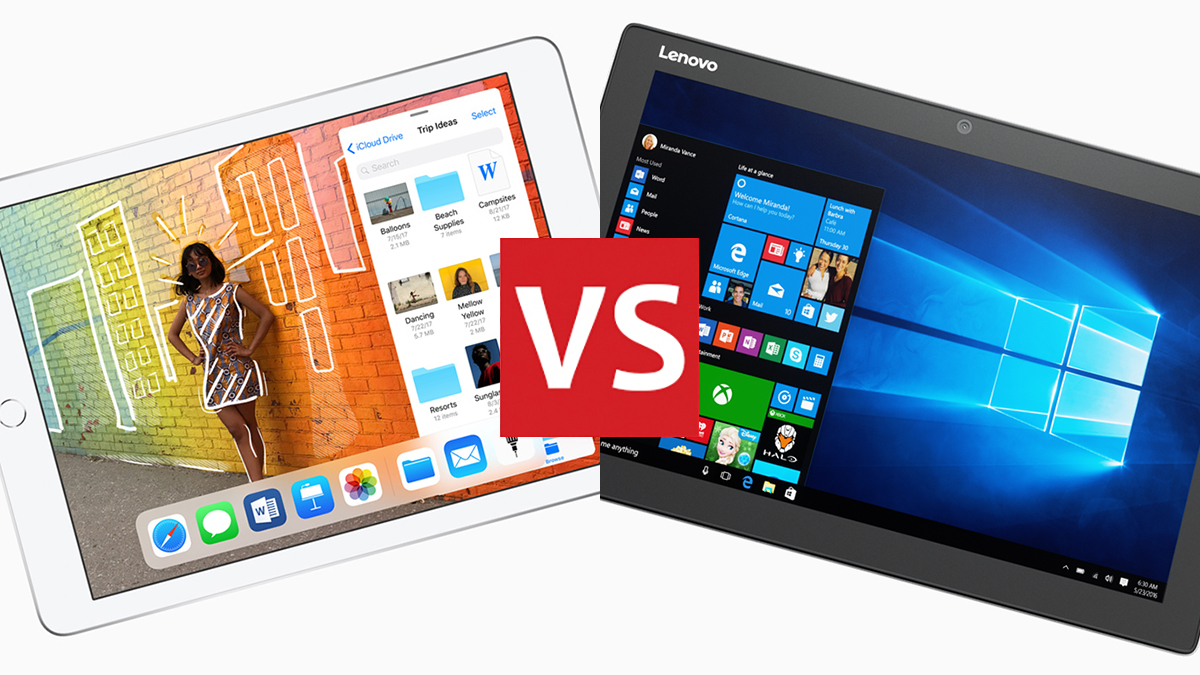

With Google apparently unconvinced by Android on tablets, if you're in the market for a large touchscreen device, you've got two main choices at the moment: the iPads made by Apple, and the tablets and 2-in-1s running Windows made by Microsoft and its partners.
We're here to lay out the advantages and disadvantages of both, so you can make the wisest decision possible – you need to take prices and hardware specs into consideration, of course, but here we're going to focus on the qualities of the software platforms.
- These are the very best tablets you can buy today
- After a tablet for your kids? We've got you covered
- 2018 iPads: official news and unofficial leaks
iOS vs Windows 10: iOS on the iPads
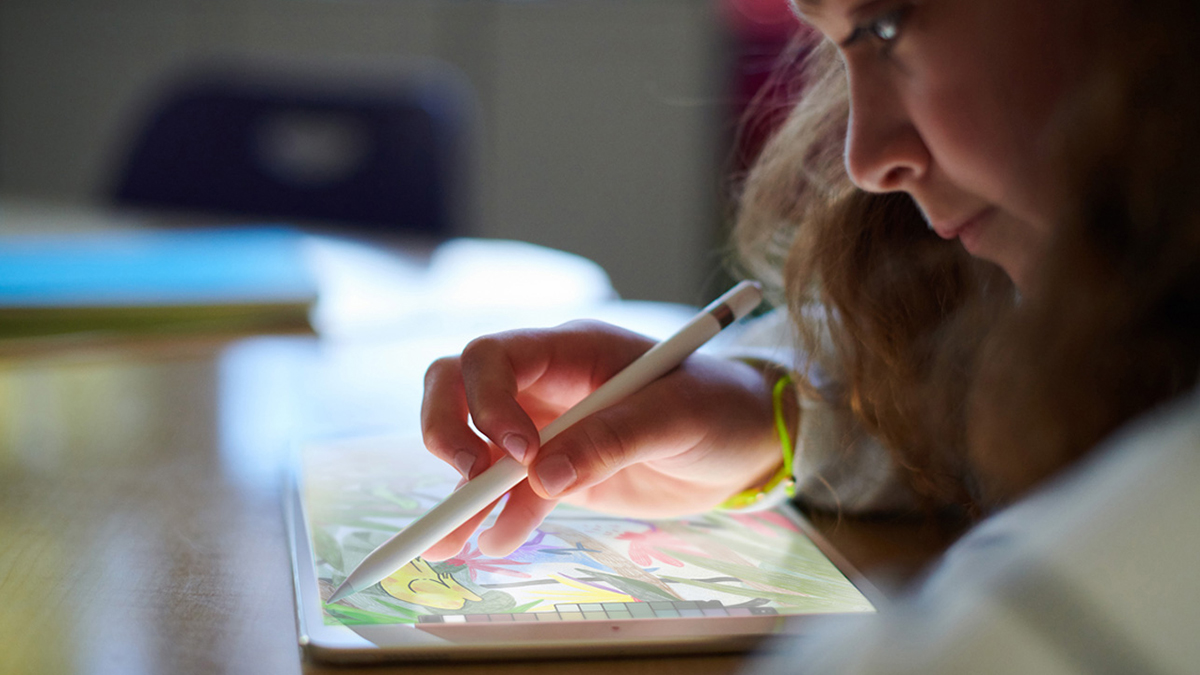
The new Apple iPad
There's no doubt iOS on the iPad is a slick and simple experience: iOS has been specifically designed for mobile, touchscreen devices after all, and it scales up pretty neatly when moving from the iPhone to the iPad.
Unlike Windows, all the apps are geared towards mobile, touchscreen devices, too. Some can easily accept inputs from a connected keyboard, but for the majority of the time you're going to be tapping and swiping on the screen, and hitting the Home button, and iOS apps are specifically built for that.
In recent years, Apple has put some welcome new features into iOS specifically for iPads. There's now an app dock, support for dragging and dropping content between open apps, and an improved split screen view for running apps alongside each other.
This means iOS is now more capable and versatile than ever on an iPad – whether you want to play games, watch Netflix, or even open up a spreadsheet or two, an iPad can adapt. You don't get the same kind of file system access as you do on a full OS like Windows, but you do get the Files app and access to iCloud Drive.
Searching through your tablet and browsing the web is all very straightforward, and of course Siri is always on hand to answer any questions or run any errands for you. You can sync iOS with iTunes on a Windows or macOS computer, but as you would expect it works better with Apple's own software (and hardware).
Sign up to the T3 newsletter for smarter living straight to your inbox
Get all the latest news, reviews, deals and buying guides on gorgeous tech, home and active products from the T3 experts
As an added bonus, you can use iOS on an iPad as a HomeKit hub, enabling you to control your smart home from the comfort of your tablet screen – provided everything you've bought is HomeKit compatible, of course.
iOS vs Windows 10: Windows 10 on 2-in-1s
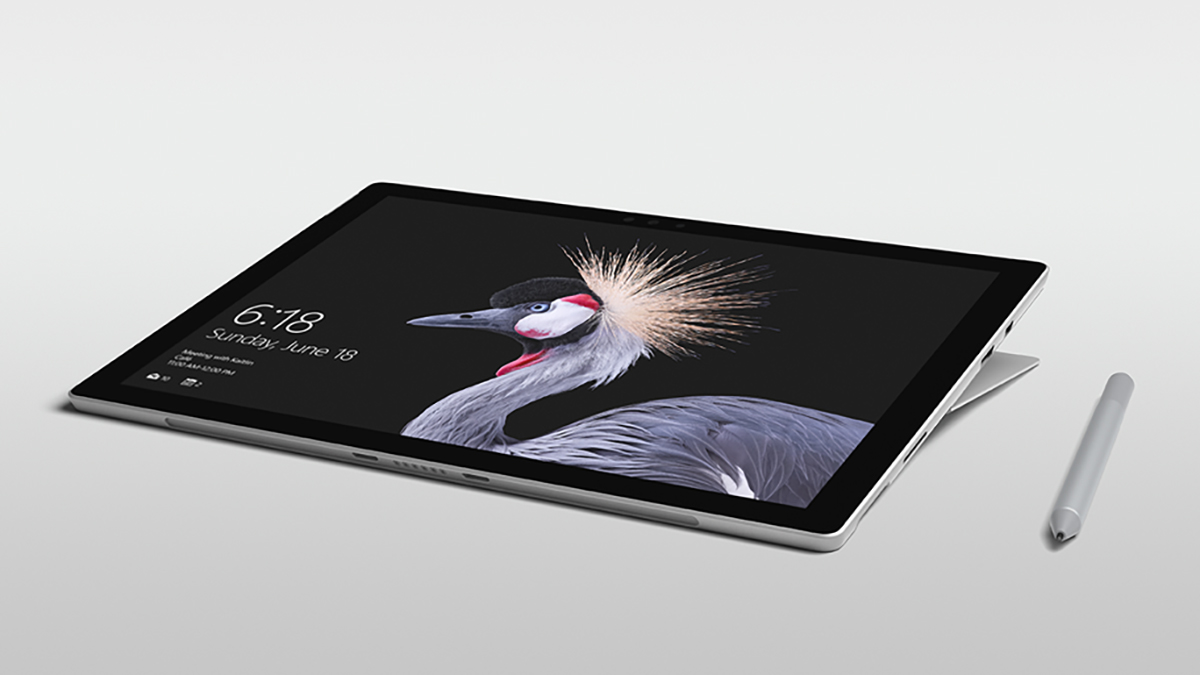
The Microsoft Surface Pro
Microsoft made the decision to put Windows on both regular computers and tablets back in 2012 with the launch of Windows 8. The tablet experience has come a long way since then, but Windows 10 still feels like a desktop operating system squeezed into a tablet device when you use it without a keyboard.
The plethora of 2-in-1 devices now on the market, like the Microsoft Surface Pro, show that Windows can cope on tablets and laptops, or laptops that turn into tablets. The main problem is that third-party apps aren't necessarily geared towards tablet and touchscreen use, except maybe the ones made by Microsoft and a handful of others.
You won't get access to anywhere near as many mobile-ready apps as there are on iOS: the likes of Snapchat and WhatsApp, for example, or mobile games. A lot of these apps can be accessed on the web, but where Windows 10 apps have been made – as in the case of Instagram – they're not particularly polished.
On the plus side, having Windows on your tablet means you can run full desktop applications from your device as well – iTunes, Photoshop, Spotify, whatever you like. Browsers like Edge and Chrome run in full desktop mode too, so you're not restricted to websites putting themselves into mobile mode.
Of course if you do attach a keyboard, then Windows 10 is very much at home – more so than in tablet mode. You can use all your office and productivity apps just as you would if you had a full laptop or desktop, and (depending on your device) you can probably hook up a mouse as well.
Controlling everything is Cortana, which has its strong points and weak points, just like Siri. This being Windows though, it's guaranteed to work with a broader range of other devices and hardware than iOS is, from printers to external hard drives.
iOS vs Windows 10: the verdict

iOS vs Windows 10
These two operating systems come from different directions: iOS from the mobile side and Windows 10 from the desktop side. In a nutshell that tells you all you need to know about how these OSes work on tablets.
For the most tablet-friendly apps and the most tablet-friendly experience, pick iOS and the iPad. Everything is geared up for mobile and touchscreen use, so it's perfect for travelling and getting stuff done on the go.
On the other hand it's not quite as good as Windows 10 for productivity and serious work, or for full-fat web browsing. iOS works with fewer platforms and devices than Windows 10, though you can use it as a hub for HomeKit smart devices. If your other devices aren't all made by Apple, make sure they work with iOS before you buy an iPad.
If you want to have access to full desktop apps like Photoshop and your web browser, and think you'll be spending a lot of time with a keyboard attached to your tablet, then go for Windows 10. You won't find as many apps built for mobile, and you might miss some of your favourites from your phone, but you'll be able to get by.
The way that Windows is built now, it really is like taking a laptop experience and putting it into tablet form, whether you're using a genuine tablet or a detachable screen like the one on the Surface Book. It suits switching between those form factors.
Both of these operating systems are packed with features and very secure and stable, so you won't be disappointed with either. A big part of your decision might depend on what you're already used to, and the devices you already use.
Dave has over 20 years' experience in the tech journalism industry, covering hardware and software across mobile, computing, smart home, home entertainment, wearables, gaming and the web – you can find his writing online, in print, and even in the occasional scientific paper, across major tech titles like T3, TechRadar, Gizmodo and Wired. Outside of work, he enjoys long walks in the countryside, skiing down mountains, watching football matches (as long as his team is winning) and keeping up with the latest movies.
-
 Leaked AirPods prototype looks like Nothing... literally
Leaked AirPods prototype looks like Nothing... literallyAnd we are here for them
By Britta O'Boyle Published
-
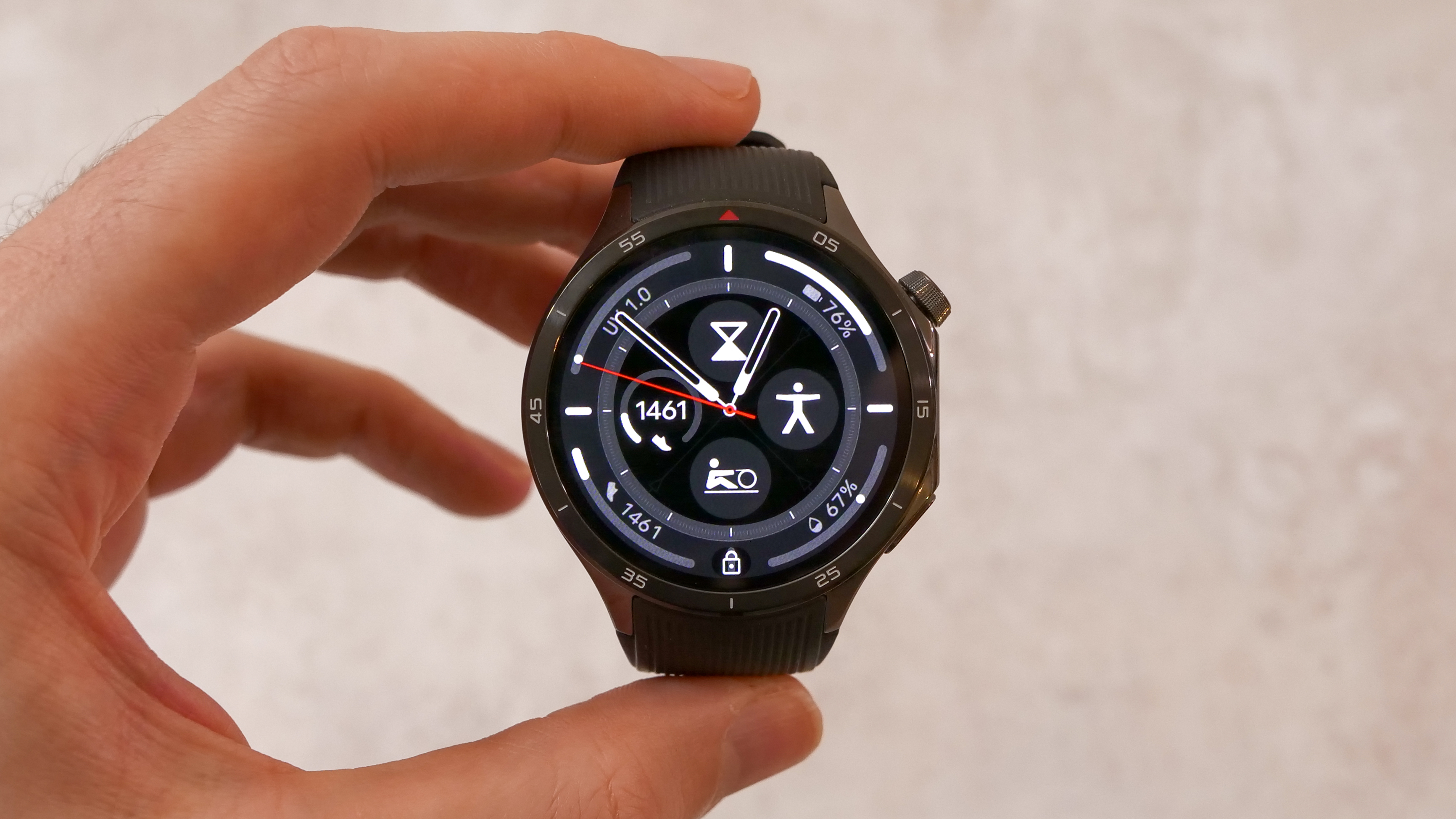 OnePlus Watch 3 lands in the UK with a flurry of freebies and a huge discount
OnePlus Watch 3 lands in the UK with a flurry of freebies and a huge discountThe new titanium-clad smartwatch brings 120-hour battery life, ECG health checks, and some serious launch offers
By Matt Kollat Published
-
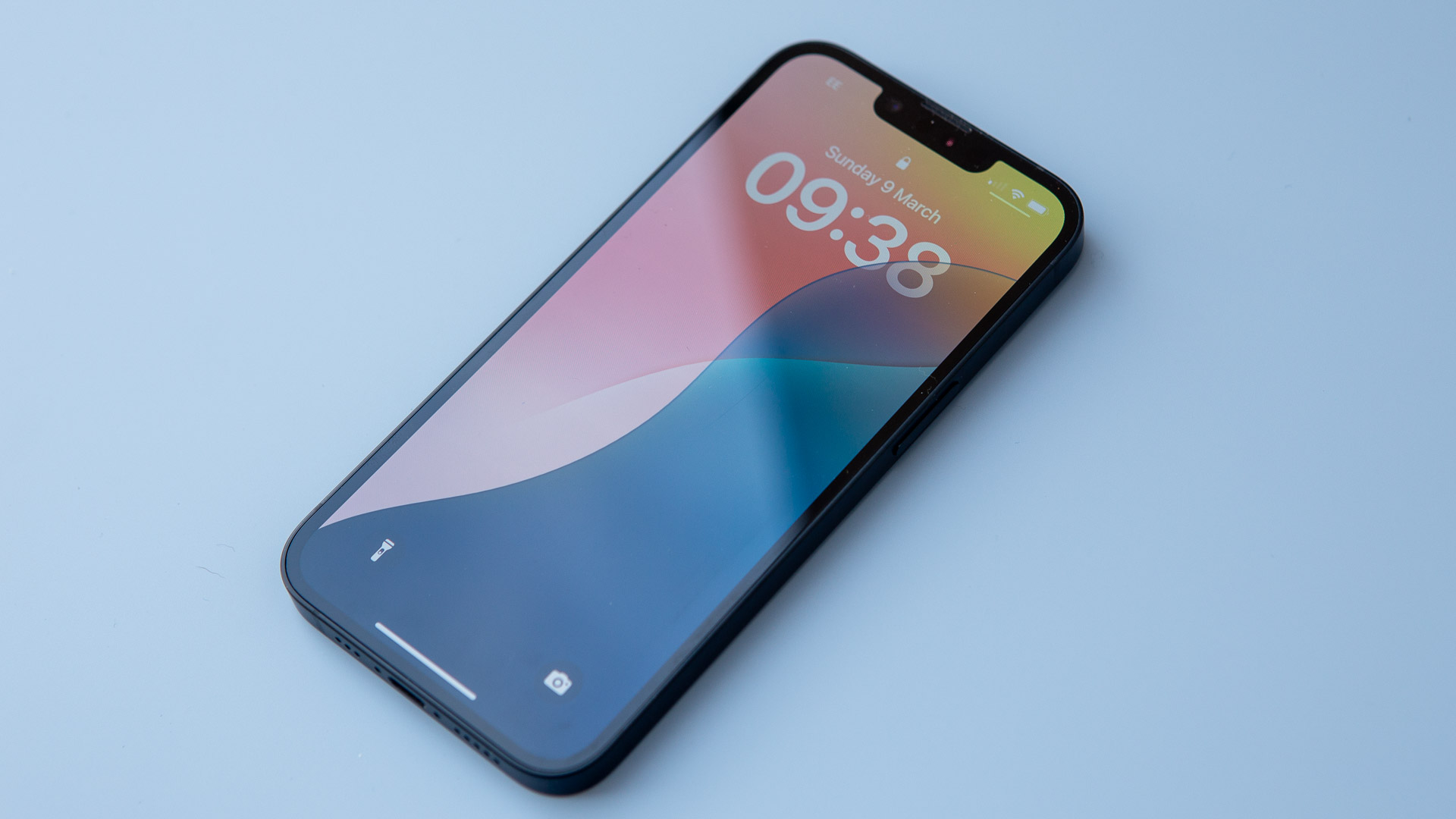 Your iPhone gets some new tricks - here’s what it can do now
Your iPhone gets some new tricks - here’s what it can do nowThe new emojis and priority notifications are probably our favourite
By Britta O'Boyle Published
-
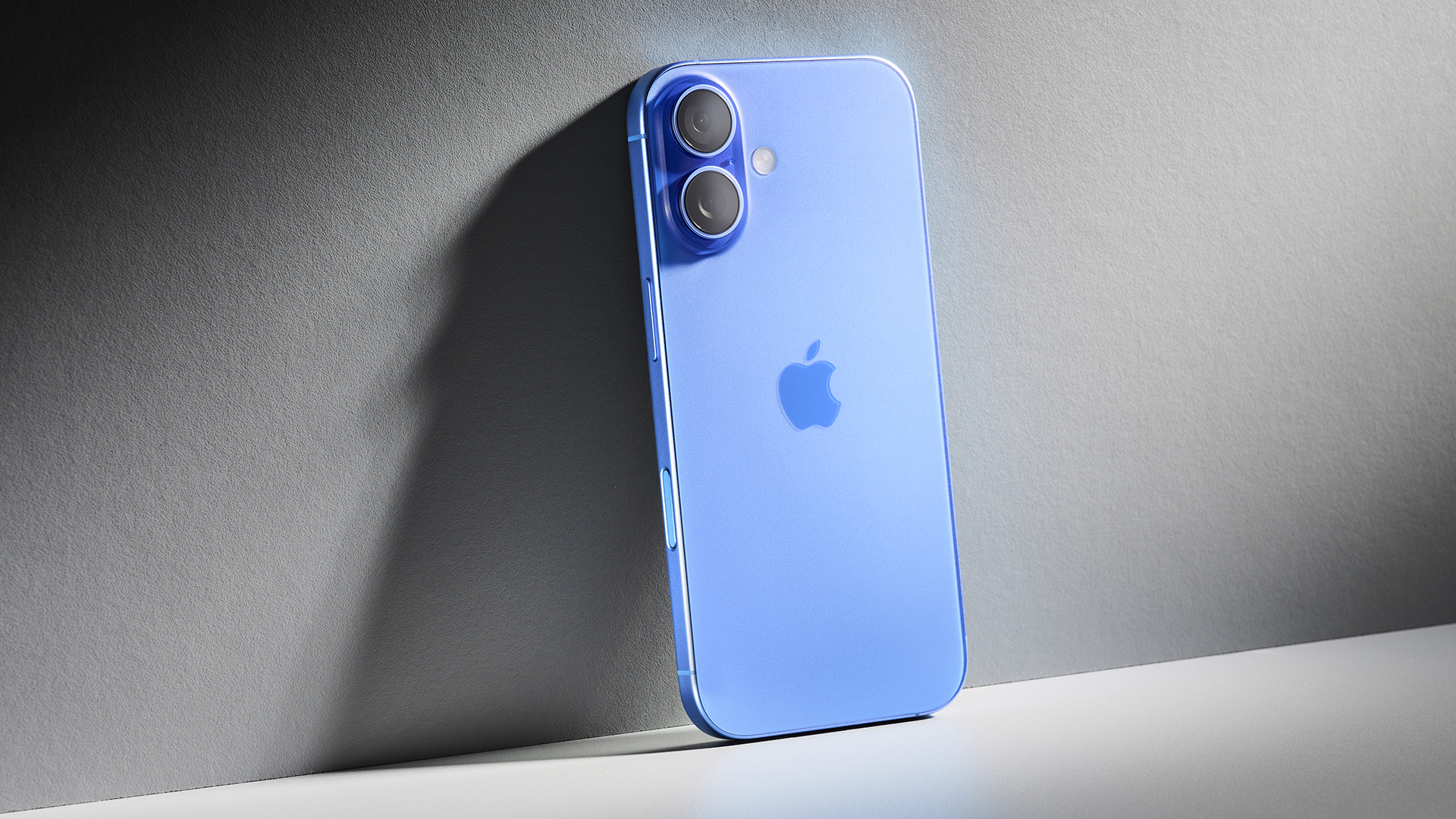 iOS 19's new design leaks straight after WWDC 25 announcement
iOS 19's new design leaks straight after WWDC 25 announcementThis could be a significant change
By Sam Cross Published
-
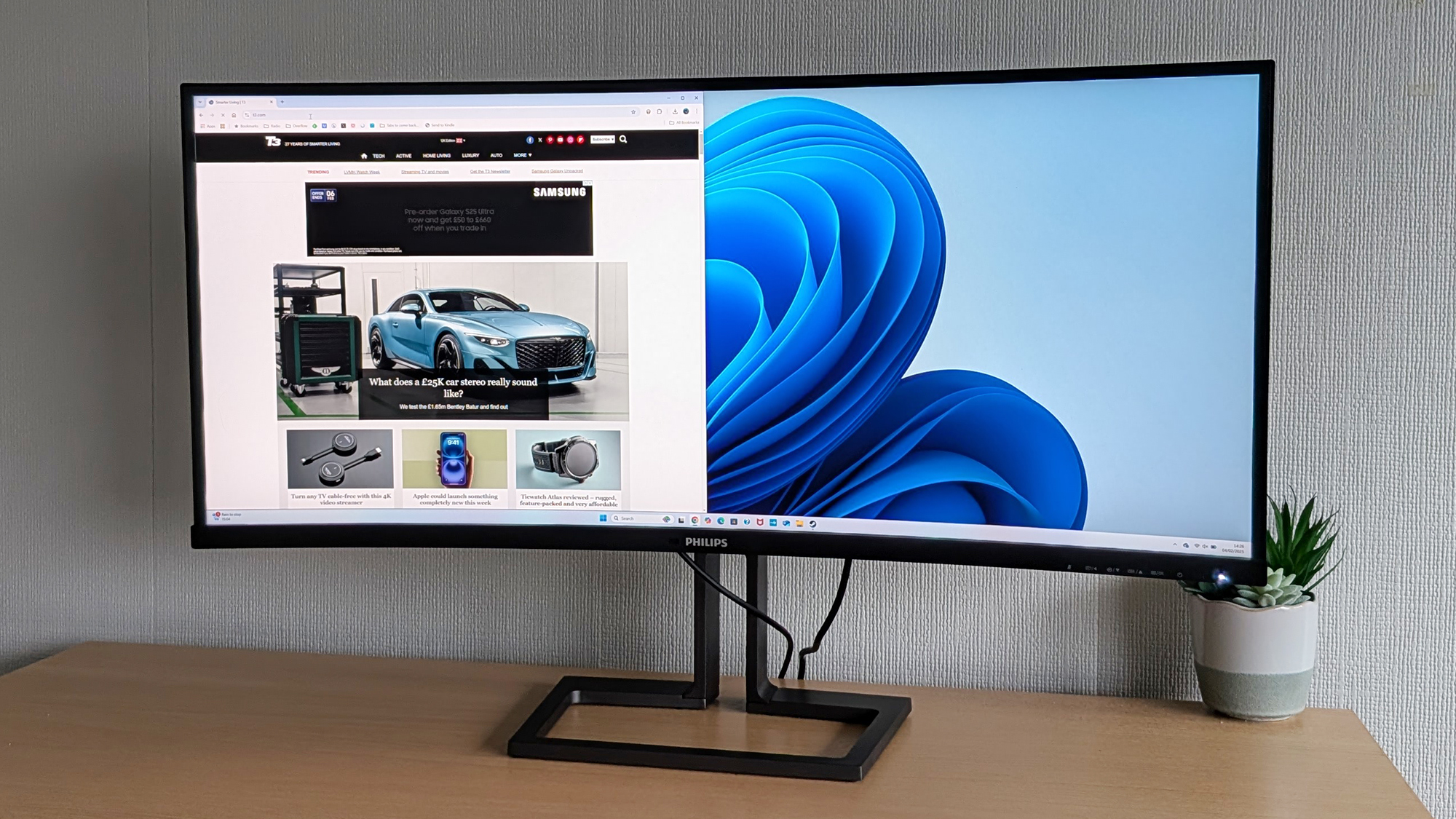 Philips 40B1U6903CH review: a 5k monitor ready to level up your productivity
Philips 40B1U6903CH review: a 5k monitor ready to level up your productivityIt's got the lot for a home office, but gamers won't be convinced
By David Nield Published
-
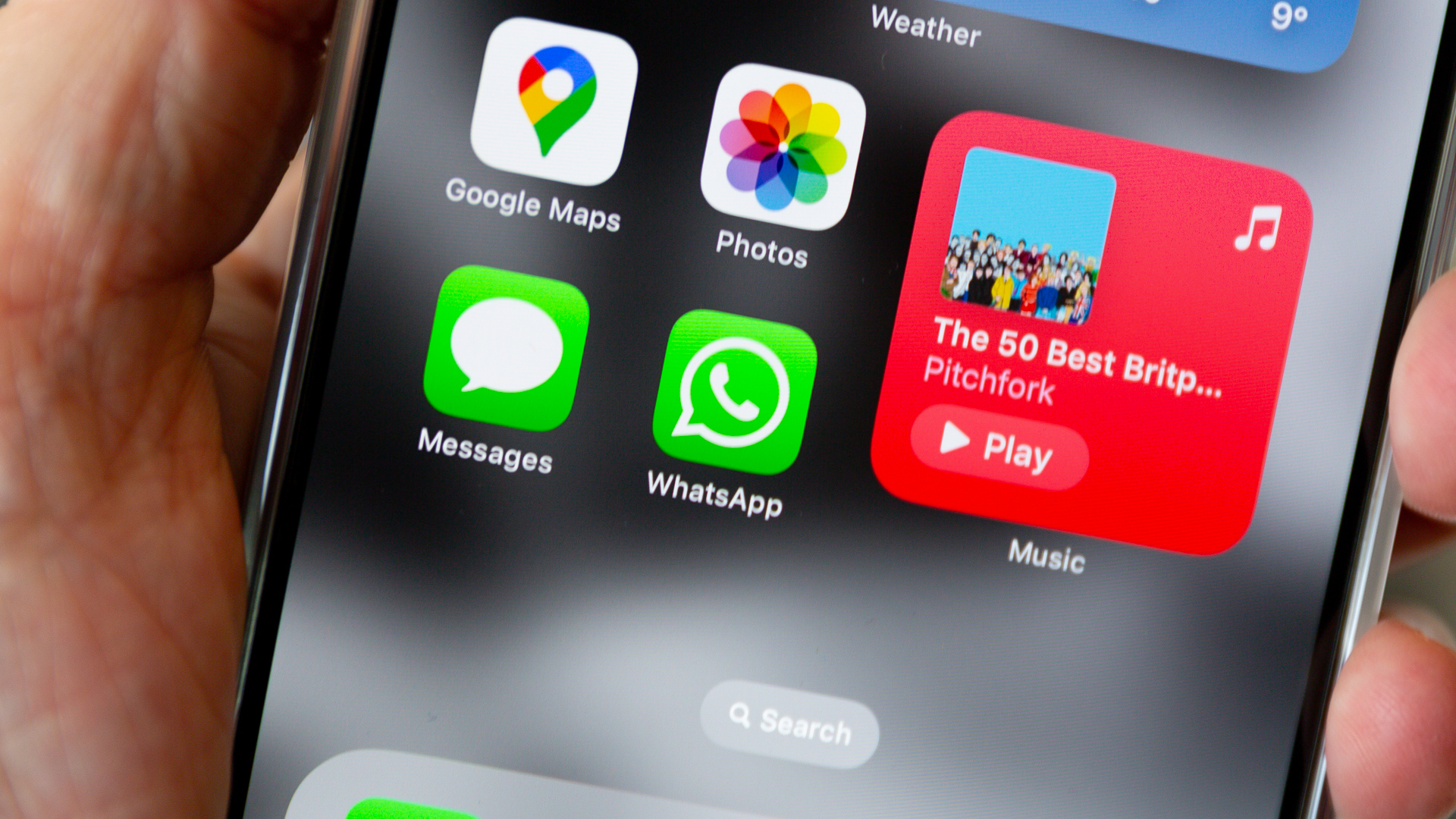 WhatsApp is finally getting the iOS update you've waited a year for
WhatsApp is finally getting the iOS update you've waited a year forWill enable you to operate multiple WhatsApp accounts in one iPhone app
By Carrie Marshall Published
-
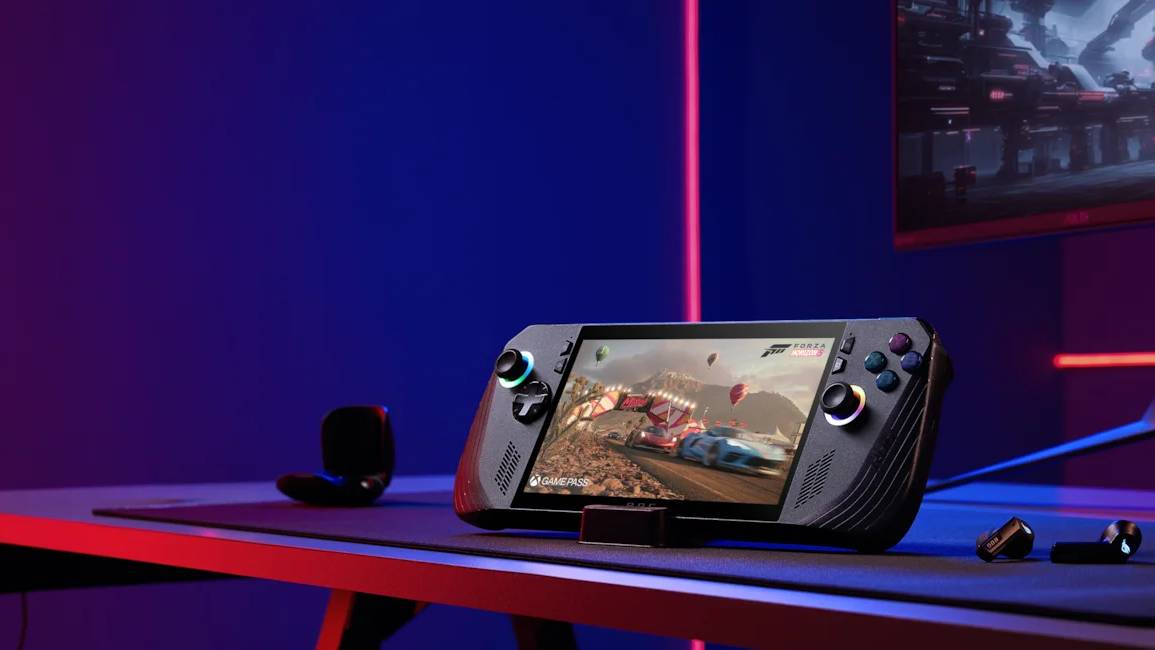 Microsoft wants to ditch Windows for future Xbox gaming handhelds
Microsoft wants to ditch Windows for future Xbox gaming handheldsXbox’s console operating system could shape how we use future handhelds
By John McCann Published
-
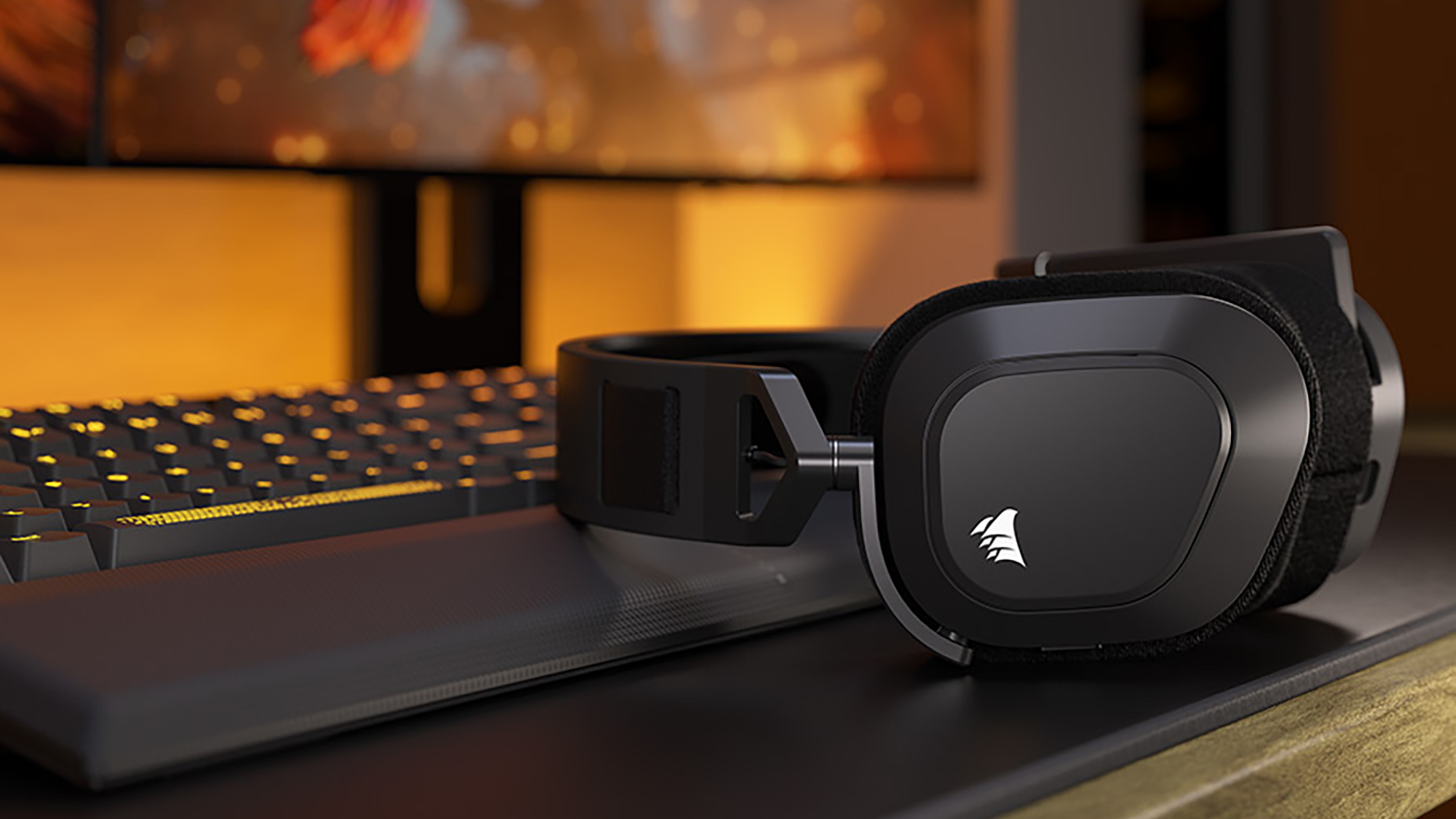 Corsair HS80 Max Wireless review: a solid mid-tier gaming headset
Corsair HS80 Max Wireless review: a solid mid-tier gaming headsetA capable audio option for the price you're paying
By David Nield Published
-
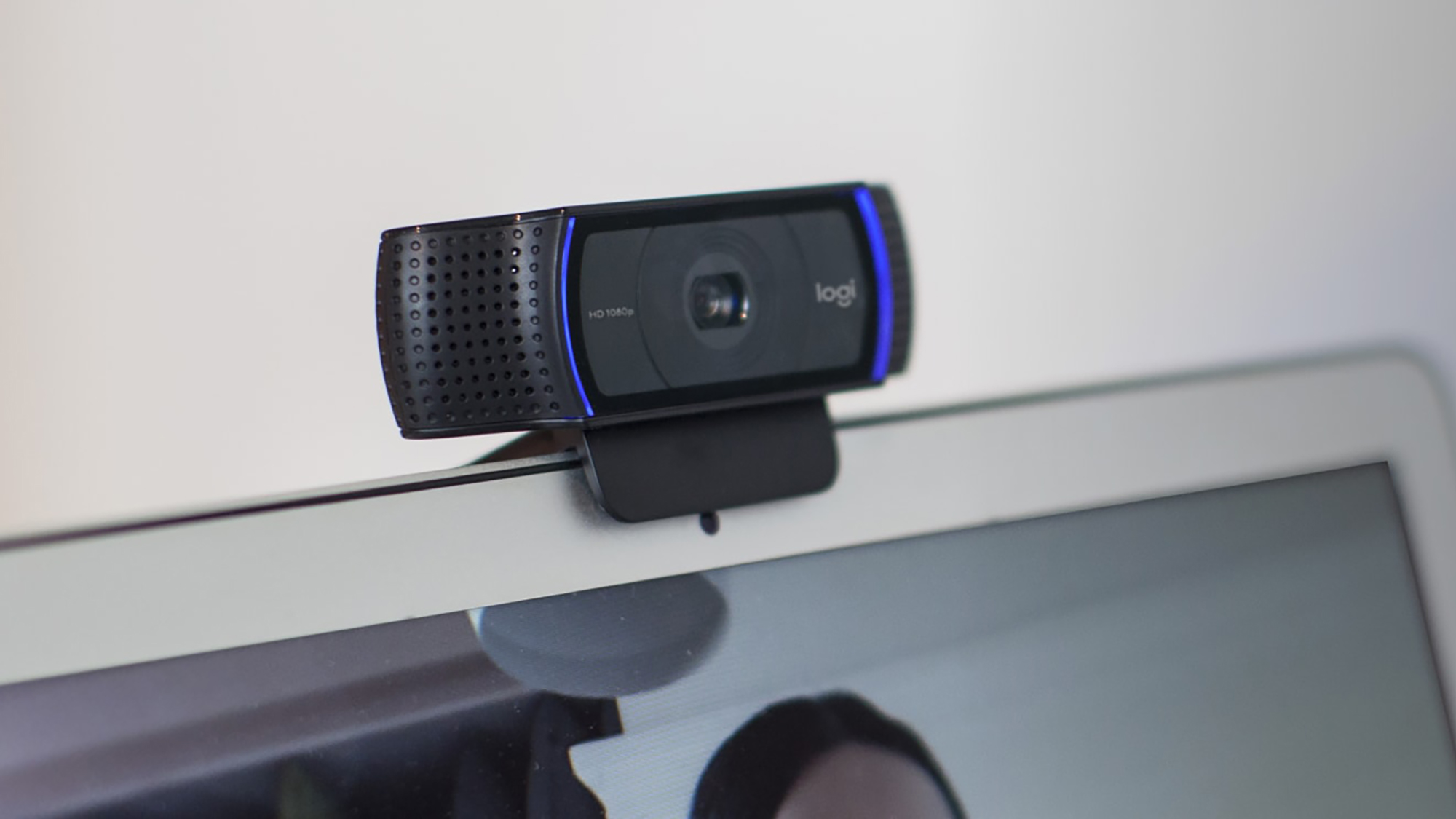 Logitech C920 Pro HD review: a solid and affordable webcam upgrade
Logitech C920 Pro HD review: a solid and affordable webcam upgradeThe Logitech C920 Pro HD has plenty to offer shoppers on a budget
By David Nield Published
-
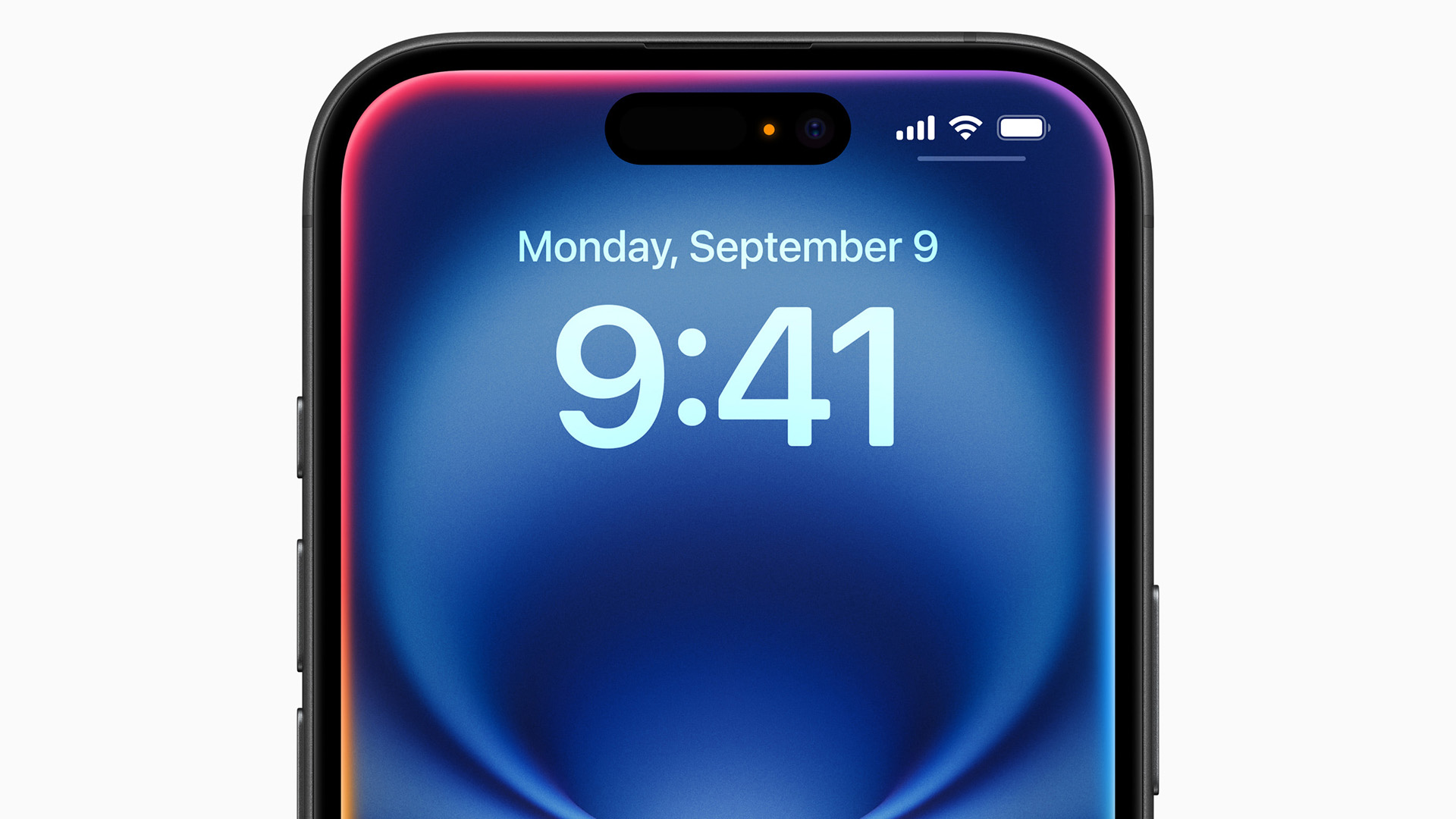 iOS 18.2 upgrade – here's how to get Apple Intelligence on your iPhone
iOS 18.2 upgrade – here's how to get Apple Intelligence on your iPhoneApple has released its iOS 18.2 upgrade, bringing a range of new features to your iPhone. Discover how to get the features and what to expect
By Mat Gallagher Published